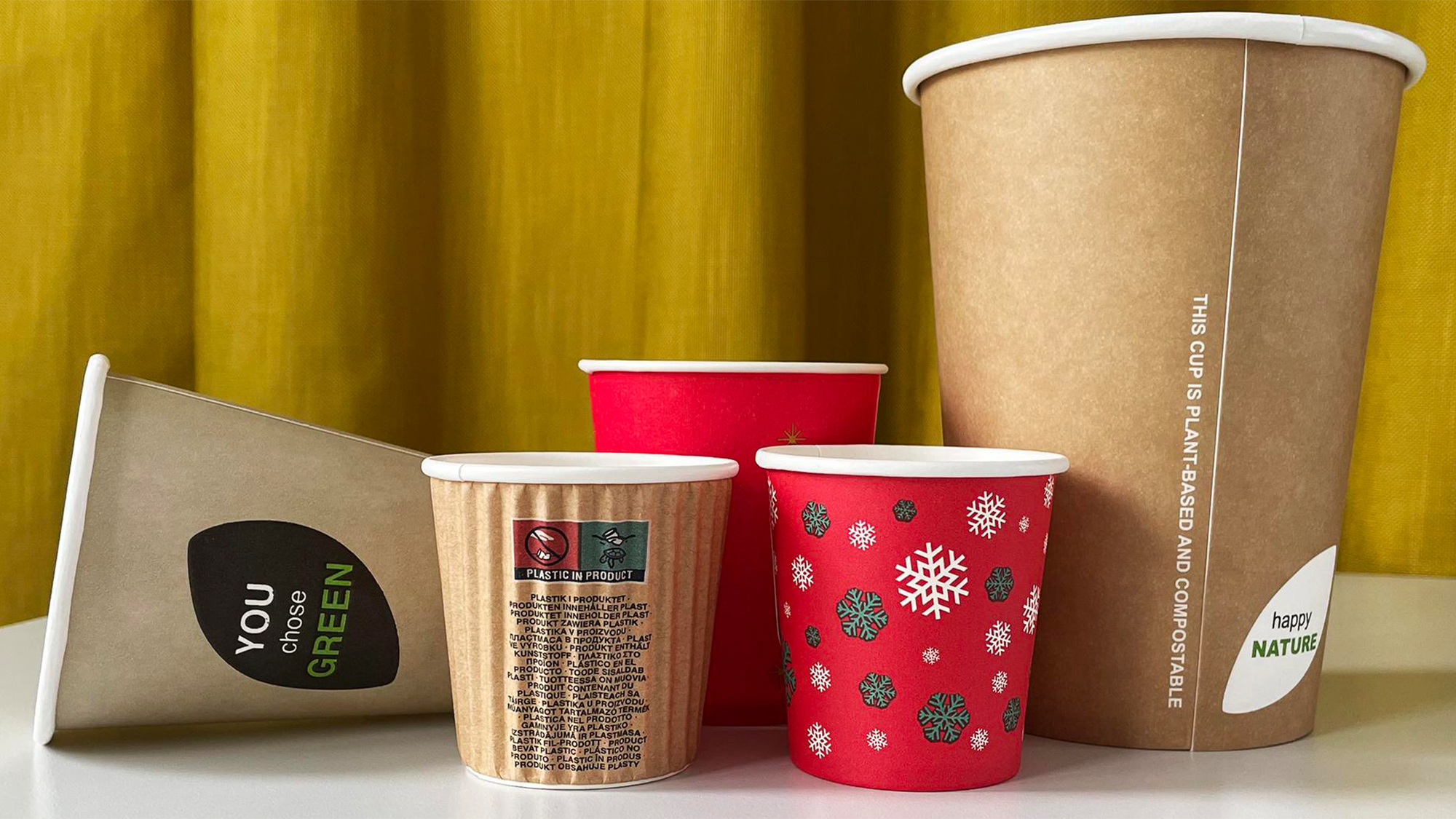

Much like the paper straws that were ushered in to reduce the use of single use plastic straws, paper cups may also be problematic for the environment. A study published in the August issue of the journal Environmental Pollution found that many paper cups are coated with a thin coating of plastic. This layer keeps liquids from seeping into the paper, but can emit toxic substances.
[Related: ‘Forever chemicals’ detected in paper and plastic straws.]
In the study, a team of researchers from the University of Gothenburg in Sweden tested the effect of disposable cups made from different materials on the larvae of the butterfly mosquito. The paper and plastic cups were placed in temperate water or sediment and were left to leach for up to four weeks. Then, the larvae were housed in aquariums that had the water or sediment that had been tainted by paper and plastic cups.
The larvae grew less in the sediment regardless of the source of contamination.The exposure to the tainted water from both cup types appeared to hinder their development.
“All of the mugs negatively affected the growth of mosquito larvae,” study co-author and ecotoxicologist and fish biologist Bethanie Carney Almroth said in a statement.
Since paper isn’t resistant to either water or fats, the paper used to package foods and liquids needs to be treated with a top coat that protects the paper and user from what is inside. The plastic film is often made of a type of bioplastic called polylactide (PLA). Bioplastics are produced from renewable resources instead of much more frequently used fossil fuels. PLA is commonly produced from corn, cassava, or sugarcane and while it is often believed to be biodegradable, this study shows that it can still be toxic.
“Bioplastics do not break down effectively when they end up in the environment, in water. There may be a risk that the plastic remains in nature and resulting microplastics can be ingested by animals and humans, just as other plastics do. Bioplastics contain at least as many chemicals as conventional plastic,” says Carney Almroth.
Some of the chemicals in plastics are known to be toxic, while others are still unknown. According to the team, paper presents a potential health hazard compared to other materials and it is becoming more common as society shifts away from plastics and people become exposed to the chemicals in the plastic through contact with food. The team did not perform a chemical analysis to see which substances had leached from the paper cups and into the water and damaged the larvae, but they suspect it was a mixture of various chemicals.
[Related: Plastic garbage in the sea is a life raft for pathogens.]
The carbon footprint of reusable plastic cups is tough to pin down, and scientists don’t know if they are better in terms of chemical leaching compared to their trashable counterparts. Some estimates find that a reusable cup must be used between 20 and 100 times to offset its greenhouse gas emissions when compared to a disposable cup, due to the high amount of energy needed to make these popular options durable and the hot water required to keep it clean. However, these reusable options do last longer and have better potential to offset the impacts of disposable cups.
“When disposable products arrived on the market after the Second World War, large campaigns were conducted to teach people to throw the products away, it was unnatural to us! Now we need to shift back and move away from disposable lifestyles. It is better if you bring your own mug when buying take away coffee. Or by all means, take a few minutes, sit down and drink your coffee from a porcelain mug,” said Carney Almroth.
Currently, the United Nations is working to negotiate a binding agreement to end the spread of plastics. Carney Almroth is a member of a council of scientists called the Scientists Coalition for an Effective Plastics Treaty (SCEPT) which contributes up-to-date scientific evidence to these negotiations. SCEPT is calling for a rapid phasing out of unnecessary and problematic plastics, as well as added vigilance to avoid the repeat mistakes of replacing one bad product with another.
“We at SCEPT are calling for transparency requirements within the plastics industry that forces a clear reporting of what chemicals all products contain, much like in the pharmaceutical industry,” said Carney Almroth. “But the main goal of our work is to minimize plastic production.”
